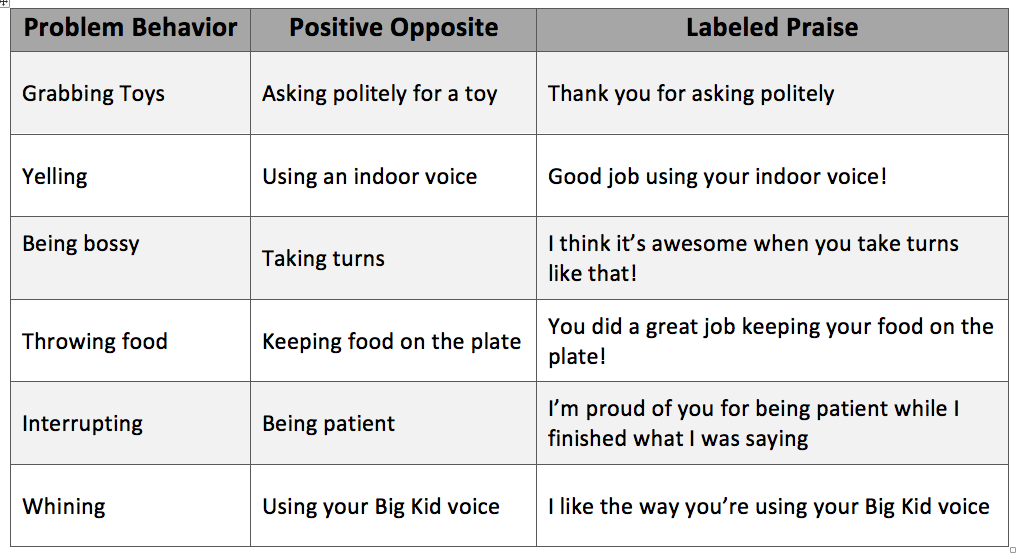Joyful Parenting Tool: Investing Your Attention Wisely
Have you heard the phrase “time is money”? Of course you have. People say it a lot. Well, here’s the deal: with kids, “attention is money”. Your attention is the strongest currency you have in the land of parenting. Okay, maybe it’s actually a close second to Screen Time. It’s hard to compete with Screen Time.
In all seriousness, your attention is the most powerful tool you have as a caregiver. Let that sink in for a moment: you are the most important person in your child’s life. Your attention is their number one motivator. Just like you want to invest your finances wisely, you also want to invest your Parenting Currency wisely to get the strongest dividends. And the good news is that shifting how you invest your attention is free! And it doesn’t require a sticker chart! The even better news is that this tool can dramatically increase your parenting joy, improve your relationship with your child, and promote positive behaviors.
It’s really easy to fall into a pattern of telling our children what not to do: “please stop eating the dog food”, “hot dogs are not for throwing”, “I need you to stop screaming now because this is a public library”. What we’re doing in these moments is inadvertently telling our kids “hey, this behavior pays out in attention!” We are often busy and overwhelmed, and we forget to be intentional about what we attend to. This usually means that to catch our attention, kids learn (quickly) what really drives us nuts and what we simply can’t ignore. Kids are adaptive, very adaptive. This also means that our relationship with our kids is strained by the weight of negative feedback, corrections and directions. The more we rely on those, the less likely our kids are to respond positively to our task demands (think of it this way: which boss are you more willing to work overtime for – the one with a seemingly endless string of demands and negative feedback or the boss who seeks opportunities to praise your work?)
Giving directions and attending to safety issues is an absolute necessity in parenting. I am not recommending that you eliminate those tools altogether. However, I am recommending a shift in the balance between corrections and praise. This involves a little more planning and creativity but I promise it will pay off in dividends. Introducing: Positive Opposites! Here’s how this works:
1. Identify the behavior you’d like to change
2. Find language to describe what you’d like your child to do instead
3. Praise the heck out of that Positive Opposite behavior as often as possible
Recently I talked to a mom who’s two-year-old runs everywhere and inevitably ends up hurting herself. There are only so many times a day you can tell a toddler: “slow down!”, “please stop running!” before you lose your mind and the sound of those words becomes the background music to her marathon training. We came up with “using your walking feet” as the Positive Opposite goal. This mom now keeps an eye out for times when her toddler is walking, being careful or gentle and praises her whenever possible. I can’t promise results nearly this cute every time but the afternoon this plan was implemented, the mom said, “Thank you for using your walking feet!” and her two-year-old responded “Thank you for thanking me!”. Social skills, check. Walking feet, check.
This is such a powerful example that the words we use with our children matter. The following things happened when this mom made a subtle, intentional shift in her attention:
1. Her toddler felt proud, rather than reprimanded
2. Mom modeled kindness and positive attention
3. The likelihood of that positive behavior happening again was significantly increased
4. Mom and toddler had a moment of genuine connection and joy
Now isn’t that nicer than another ineffectual direction?
The key with Positive Opposites is a little planning. Sit down with your parenting partners (spouses, grandparents, childcare providers, whoever!) and make a list of the behaviors you find yourselves frequently correcting. Find the Positive Opposites and challenge yourselves to notice when they are happening and praise them. The change in your perspective will be refreshing for both you and your kids. You’ll see an increase in the desired behavior without resorting to nagging.
Here are some common Positive Opposites and Ways to Praise to get your started. May this list serve as a catalyst for you to notice the positives and enjoy your kids even more today.

